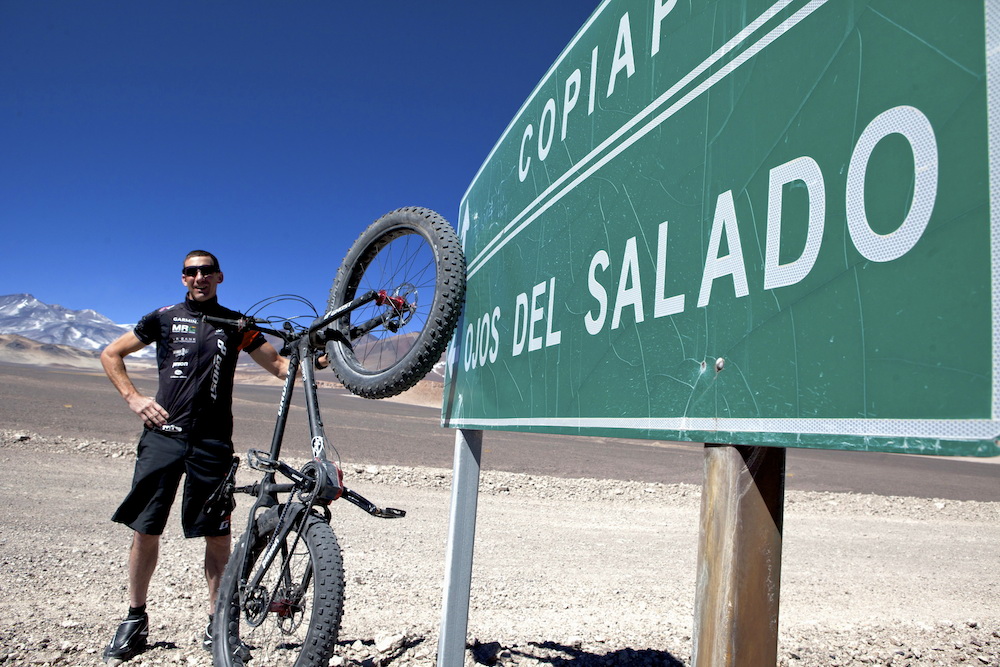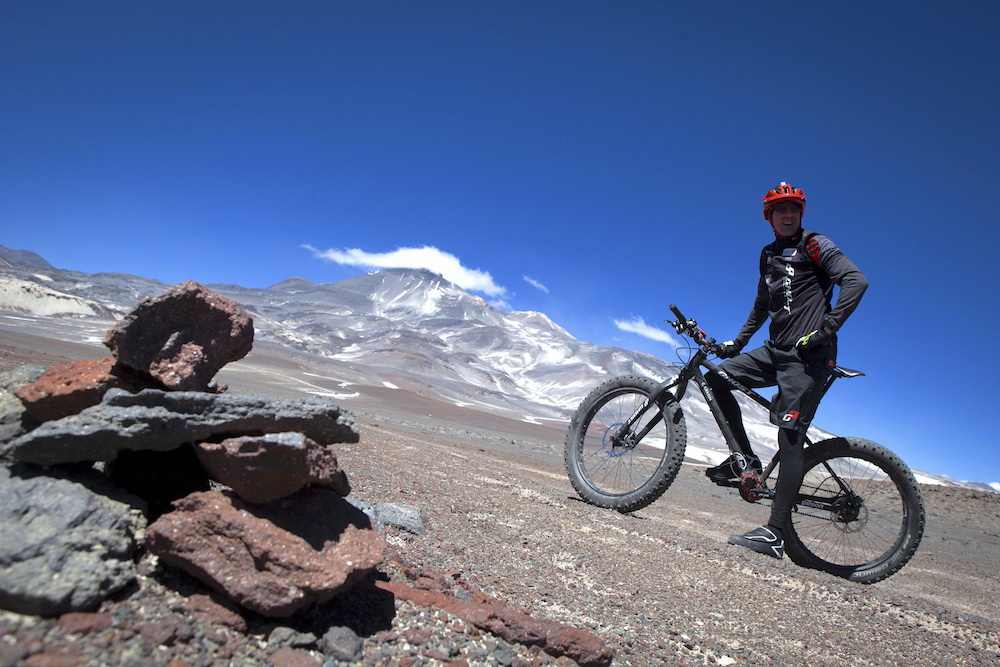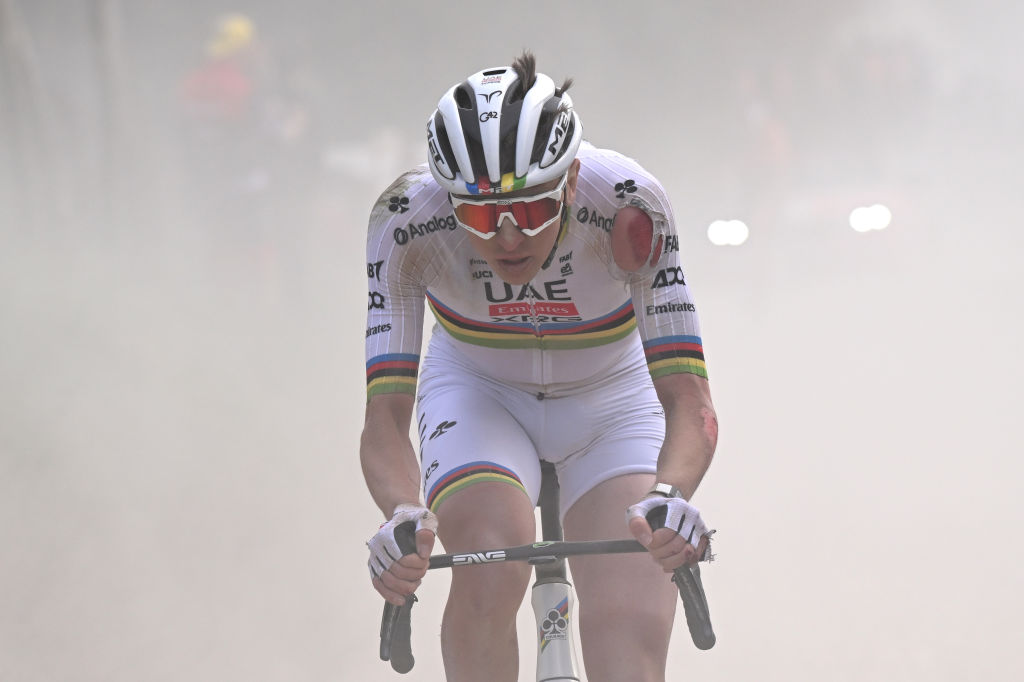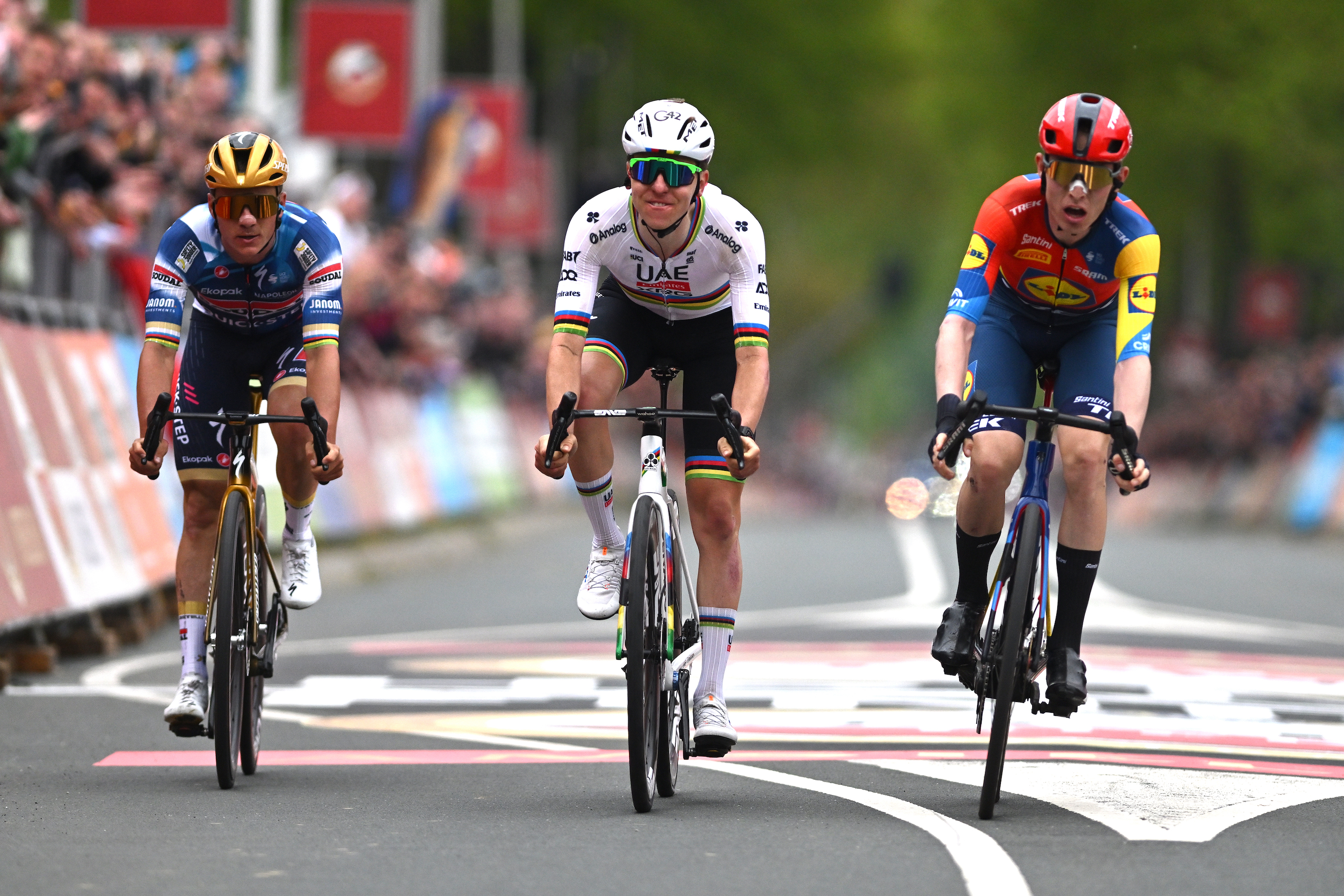German ultra-athlete breaks cycling altitude record
Guido Kunze rides 6,233m up the Ojos del Salado volcano on the Argentina-Chile border to set the new record.

We all have ‘must-do’ lists of hills we want to climb, or mountain passes to traverse, but German ultra-athlete Guido Kunze went further than all of us by setting a new bicycle altitude record.
The 48-year-old ascended 6,233m up the Ojos del Salado volcano on the Argentina-Chile border, beating Andre Hauschke’s 2010 record by 150m.
In total Kunze pedalled 342.77km in just over 37 hours from Bahia Inglesa on the Pacific coast to the to the northwest ridge of the volcano, ascending 6,899m in total.

“It was really tough, not only the altitude but also the brutal winds,” he said afterwards. “Now I am overjoyed. The detailed and meticulous preparation has been well worth it. Nobody in our team suffered from altitude sickness and there were no injuries or damage to the equipment.”
In November 2010 Hauschke set his record on the same volcano, using a similar fat-tyred bike to Kunze.
Get The Leadout Newsletter
The latest race content, interviews, features, reviews and expert buying guides, direct to your inbox!

Thank you for reading 20 articles this month* Join now for unlimited access
Enjoy your first month for just £1 / $1 / €1
*Read 5 free articles per month without a subscription

Join now for unlimited access
Try first month for just £1 / $1 / €1
Stuart Clarke is a News Associates trained journalist who has worked for the likes of the British Olympic Associate, British Rowing and the England and Wales Cricket Board, and of course Cycling Weekly. His work at Cycling Weekly has focused upon professional racing, following the World Tour races and its characters.
-
 Tadej Pogačar's MET Trenta 3K Carbon is one of the best road cycling helmets on the market – grab it now with 26% off at Tredz
Tadej Pogačar's MET Trenta 3K Carbon is one of the best road cycling helmets on the market – grab it now with 26% off at TredzDeals The MET Trenta features enhanced safety and performance tech including MIPS AIR and now with a whopping £80 reduction, it's a bargain buy
By Paul Brett
-
 Tadej Pogačar has shown he's fallible - and that's a good thing
Tadej Pogačar has shown he's fallible - and that's a good thingThe Slovenian won’t enjoy losing, but it’s better for brand Pog that he sometimes does
By Adam Becket